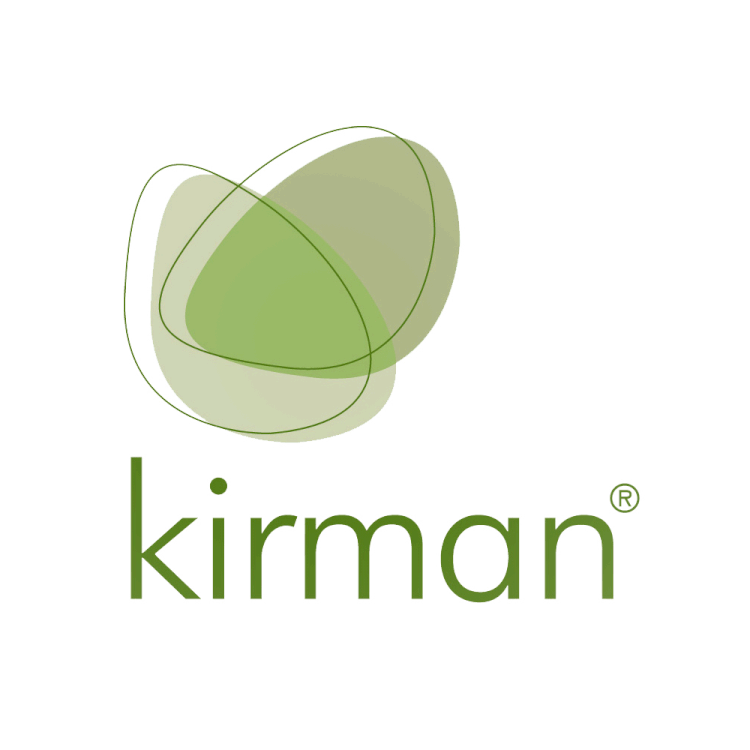Deciduous Hedging
Deciduous Hedging
Deciduous Hedging
Hawthorn
(Cratagus monogyna)
Hawthorn is an ‘armed’ deciduous hedge having large thorns along it’s branches. It flowers in spring and has glossy, leaves turning gold in autumn along with berries.
Beech
(Fagus sylvatica)
Beech is a popular hedge choice for it’s dense bright green foliage which turn copper coloured in autumn and stay on the plant to keep privacy until spring.
Copper Beech
(Fagus sylvatica atropurpurea)
Beech is a popular hedge choice for burgundy/purple foliage which turn copper coloured in autumn and stay on the plant to keep privacy until spring.
Blackthorn
(Prunus spinosa)
Blackthorn is a deciduous English native. It produces white flowers in spring after which green leaves appear. Later in autumn Sloe’s appear which are used to flavour gin.
Hazel
(Corylus avellana)
Hazel is an attractive English native which have green leaves which turn yellow in autumn. It produces yellow catkins in spring and edible nuts later in the year.
Amalanchier
(Amalankier lamarckii)
Fantastic choice for a decorative hedge, flowering in spring with white pretty flowers appearing in spring with foliage turning orange and red when autumn arrives.
Dogwood
(Cornus sanguinea)
Best known for it’s orange stem colour, dogwoods offer colour interest in winter. It produces white flowers in spring and it’s green leaves turn deep red in autumn.
Spindle
Euonymous europaeus
Spindle is a vigorous deciduous shrub with narrow leaves which turn pink-red in autumn. Best known for its pink-lobed orange fruit which appears in autumn.
Firethorn
Pyracantha 'Red Column'
Pyracantha makes a stunning wildlife hedge. It will give cover with foliage and spines during the year and has white flowers followed by red berries in autumn which the birds love.
Guelder Rose
Viburnum opulus
A Guelder rose hedge ha green leaves which turn red in autumn, The hedge will produce white flower lace caps in spring which are followed by red berries in autumn.
Hornbeam
Carpinus betulus
Hornbeam is a very popular hedge. It leaves up in spring with lime green leaves which turn golden yellow in autumn, but are retained throughout the winter months.
Field Maple
Acer campestre
Field maples are popular English native species. They have attractively shaped green foliage which turns yellow before falling in autumn. Forms winged maple fruits.
Rowan
Sorbus aucuparia
Rowan is a deciduous native which flowers late sporing with creamy flowers and produces orange-red berries in autumn which the birds love to feed on.
Birch
Betula jacquemontii
The white peeling bark of the birch makes it a favourite UK native. It produces catkins in spring. It’s green foliage turns a brilliant yellow colour in autumn before falling.
Alder
Alnus glutinosa
Alder is a commonly used hedge for gardens with very wet or poor quality soil. It’s foliage provides a dense screen making it very good for birds, butterflies and moths.
Bird Cherry
Prunus padus
Bird cherry is commonly used within a mixed native hedge. It produces white, almond smelling flowers in spring then dark, better fruit that wildlife love in autumn.
Gorse
Ulex europaeus
Gorse forms a brilliant ‘armed’ hedge. It survives in a wide range of soils and has a very long flowering period starting late spring through to mid summer months.
Willow
Salix alba
Willows make attractive hedging, waking up in spring with catkins just prior to long muted green foliage appearing. Good for wildlife. Tolerates moist and wet ground.


















